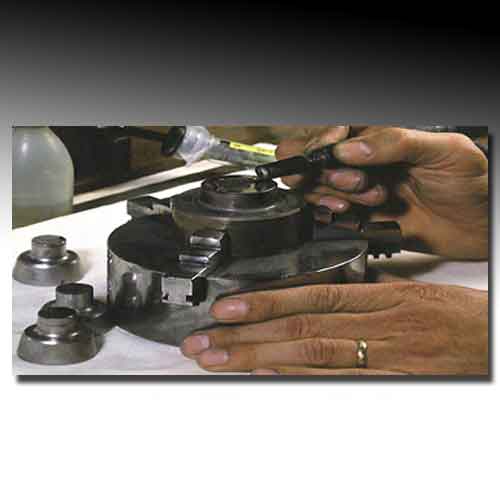How are coins minted?
2018-04-13 Fri
Coins are made from metal. The metal is first heated. The molten metal is then beaten into sheets. Planchets or coin blanks are cut from these sheets and then stamped with the chosen motif. There are 4 ways in which Indian coins have been minted over time.• Punch Mark Technique
• Cast Technique
• Die-Struck Technique
• Repoussé Technique
Coins have played a vital role in a kingdom, state or a country’s economy. Historic coins reveal political and economic information of the region it belonged to at the time. E.g. Indo-Greek presence in north-western India was confirmed through coins discovered in the area. Each ruler from the numerous dynasties in India over the ages has issued a variety of coins. Many display excellent artistic merit.
Coins were minted in Gold, Silver, Copper and Lead. Today, alloys like Cupro-Nickel and Stainless Steel are used to mint coins. Bronze and Aluminium-Magnesium were also used.
Ancient Punch-Mark coins bear punches of various designs. Die-struck coins bore a design that was carved fully on the mould, unlike Punch-Mark coins which were punched. Die-Struck coins bore designs depicting motifs of kings and goddesses. Coins issued during the medieval era display Islamic influence. Ancient, Medieval and Pre-Colonial era foreign coin hoards reveal trade patterns of India over time.
We will be discussing each technique in detail in upcoming articles. Till then stay tuned!
Image Courtesy: Wiki Commons
Latest News
-
Mahatma
2024-04-25 ThuIndia Post issued a commemorative postage stamp on #LalaHansraj, also known as Mahatma Hansraj for�...
-
Berar Mint of Muhammad Akbar
2024-04-25 ThuBerar was a kingdom located in the Deccan region, with Elichpur as its capital. It was one of the Su...
-
Janma Kalnayak of Bhagwan Mahavir
2024-04-24 WedOn 21st April 2024 which was the 2550th Janma Kalnyanak of Bhagwan Mahavir Swami, PM Modi unveile...
-
Gold Pagoda of Vijaynagar Empire King Deva Raya I
2024-04-10 WedKing Deva Raya I of the Vijayanagara Empire was a patron of Kannada literature and architecture. He ...
-
Silver Denarius of Septimus Severus
2024-04-05 FriLucius Septimius Severus served as the Roman emperor from 193 to 211 AD. Severus sat on the throne o...

